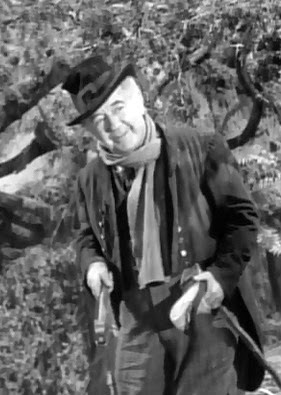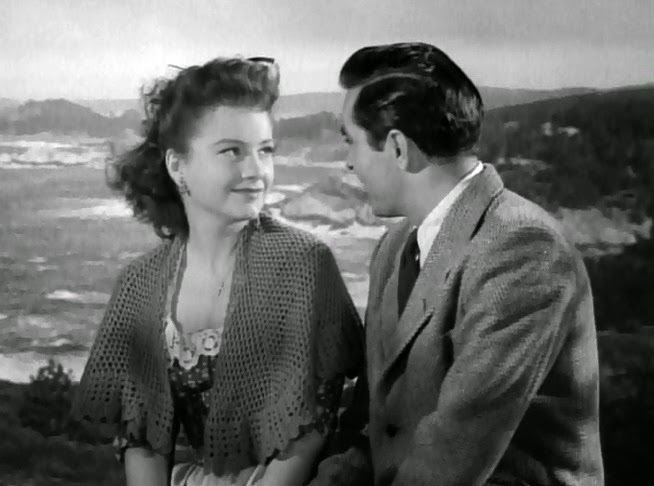That is the question listeners were asked to solve as The Phantom of Crestwood unfolded over a series of NBC radio broadcasts across the nation, beginning in August 26, 1932. After the final cliffhanger episode aired, audiences were invited to submit a 500-word solution to the question. Over $6,000 in prizes were awarded to the authors with the best responses, with Miss Grace Morris Price of Pittsburgh winning the $1,500 grand prize for her witty answer. This was a unique audience participation event and it garnered loads of publicity for the upcoming feature film release of The Phantom of Crestwood in 1932, one of the first of the old-dark-house mysteries.
RKO Radio Pictures cast one of their most popular contract players, Ricardo Cortez, as the leading character, Gary Curtis, a former criminal who volunteers to don the deerskin hat and solve the murder of the young woman at a secluded cliff-side estate.
The victim - golden-haired call-girl Jenny Wren ( Karen Morley ) - had invited four of her former paramours to Crestwood, a sprawling manor, to celebrate her retirement and blackmail a fortune out of each one of them. Her lovers were a group of rich lecherous old men, including three financiers ( H. B Warner, Gavin Gordon , Skeets Gallagher ) and a prominent politician ( Robert McWade ).
Also invited to the jolly gathering were the unsuspecting wives of these playboys, Wren's younger sister Esther ( Anita Louise ), and Esther's baby-faced fiancee ( Matty Kemp ). Each one of these characters become a suspect in her murder. However, a sudden landslide traps them all into remaining at Crestwood for the night and before the day breaks two more guests are unexpectedly murdered!
"It will give me great pleasure to kill you...."
This brisk little thriller was directed by the same man who had penned its clever story plot for the radio series - J. Walter Ruben. It was only his fourth outing as a director; he had found greater success as a screenwriter typing the scripts to many standard studio productions of the late 1920s and early 1930s.
The "old dark house" formula had been born less than a decade earlier and films such as The Cat and the Canary ( 1927 ), The Bat Whispers ( 1930 ), and The Old Dark House ( 1931 ), proved just how successful it could be. The formula peaked in the 1940s and later, during the 1960s, producer William Castle revived the genre and also brought back the gimmick-driven publicity stunts to boost theatre attendance.
Had The Phantom of Crestwood been released a few years later, it may not have been able to pass the stringent requirements of the Hayes Production Code, which oversaw the moral rules of motion pictures. Even though the Hayes Code was in effect since 1930, many studios simply ignored it. The only elements of The Phantom of Crestwood that may have run the risk of being dismissed were the innuendos regarding the Jenny Wren's shady past and the leering looks she receives from a rather creepy old man, portrayed by Ivan F. Simpson.
Rounding out the cast is a number of familiar character actors, a handful of aging silent stars, and actresses Aileen Pringle, Pauline Frederick, and Mary Duncan.
The Phantom of Crestwood has a number of interesting elements that make it stand out from the crowd : cinematographer Henry Gerrard, who would film the first of several Hildegard Withers mysteries, The Penguin Pool Murder, later that same year, had utilized a fast-panning effect to demonstrate a flashback; and Graham McNamee, a popular sports radio announcer, gives the film a suitable introduction for those unfamiliar with the radio hype of the past few months.
Thanks to the recent Warner Archives DVD release, The Phantom of Crestwood can be enjoyed anew and the studio has done a marvelous job restoring the picture.
This post is our contribution to The Pre-Code Blogathon being held by Shadows and Satin and Pre-Code.com. Be sure to head on over to their sites to check out all the great posts on pre-code films!








































